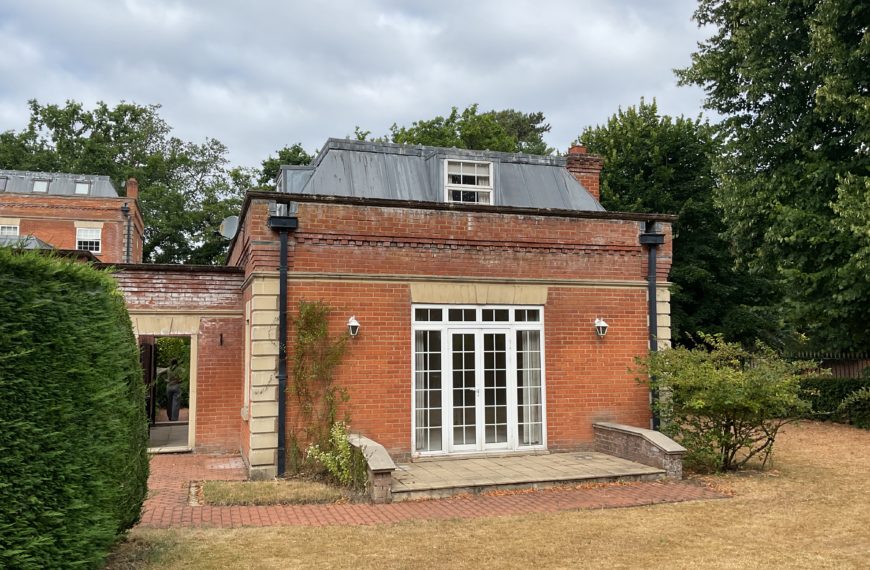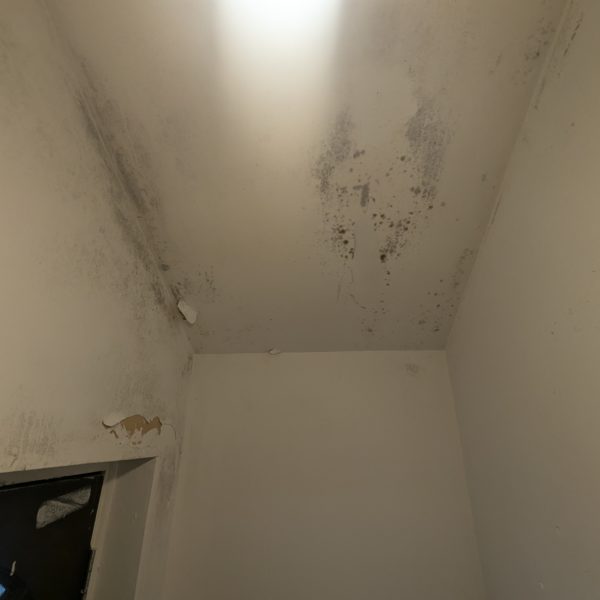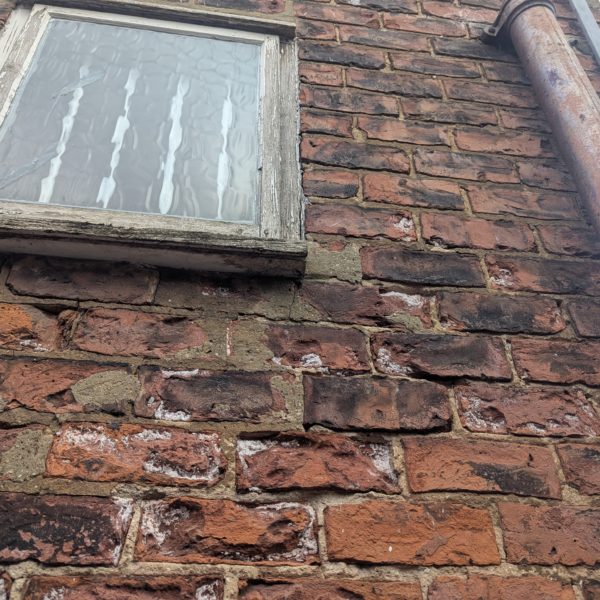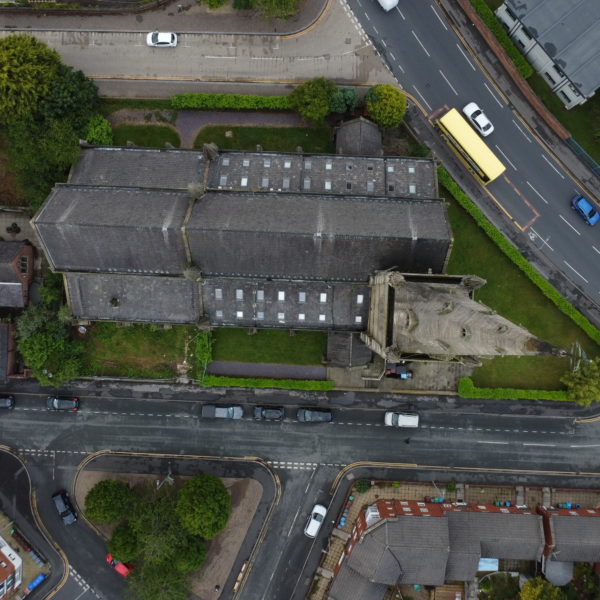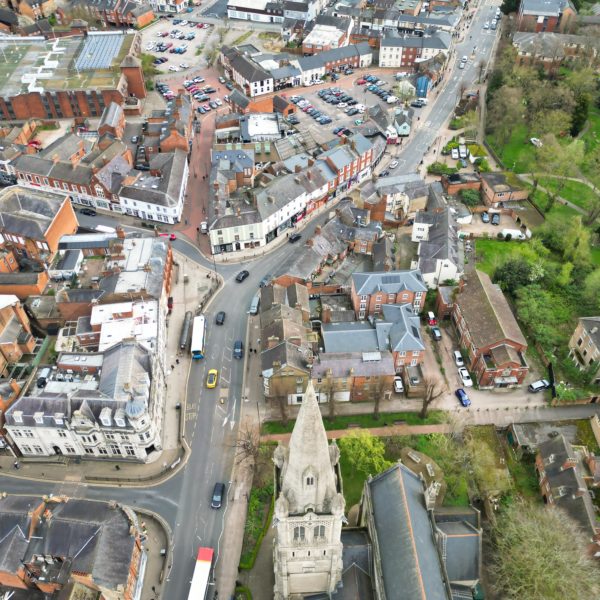Birmingham is not only the UK’s second city; it’s also home to some of the most fascinating architectural stories in the country. From Victorian opulence to 20th-century garden suburbs, the city’s wealthiest areas offer a tapestry of styles, each with distinct construction methods and maintenance needs.
As a chartered building surveyor specialising in residential surveys, I’ve explored the city street by street, brick by brick. In this post, I’ll break down the architectural history of Birmingham’s most valuable neighbourhoods and explain why a RICS Level 2 or RICS Level 3 Survey is crucial when purchasing property in these heritage-rich zones.
The 5 most popular areas in Birmingham
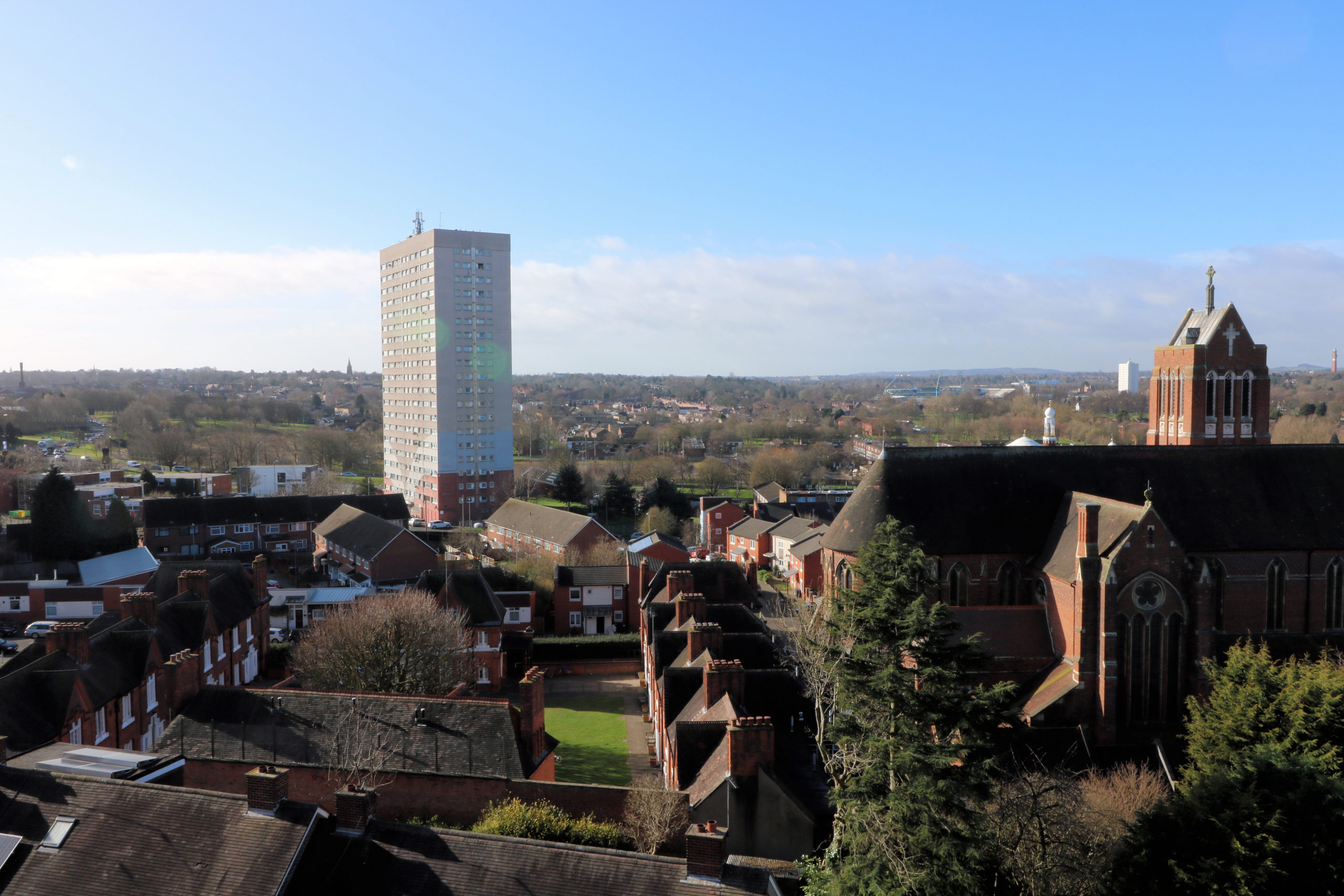
Edgbaston (B15) – Victorian Opulence & Georgian Influence
Architectural Overview:
Edgbaston is one of Birmingham’s most historically affluent suburbs. Much of its development came under the watchful eye of the Calthorpe Estate, which imposed strict planning rules to ensure architectural harmony. As a result, the area is a masterclass in Victorian and Georgian revival styles.
• Typical Features: Red or buff brickwork, ornate stone porticos, dentil cornices, original slate roofs, and large bay or sash windows. Internally, properties often retain cornicing, ceiling roses, and Minton tiled hallways.
• Planning Controls: Many areas fall under conservation status, so alterations require careful permissions.
Historical Context:
Edgbaston’s growth accelerated in the 19th century as the upper-middle classes sought to escape the industrial city core. Known as the “richest square mile in Birmingham,” it was home to doctors, academics, and clergy. The area also houses institutions like the University of Birmingham and the Birmingham Botanical Gardens.
Surveyor’s Insight:
Sub-floor ventilation, damp proofing, and historic roof structures should be closely examined in a RICS Level 3 Survey, particularly in unmodernised homes.
Calculate your house survey cost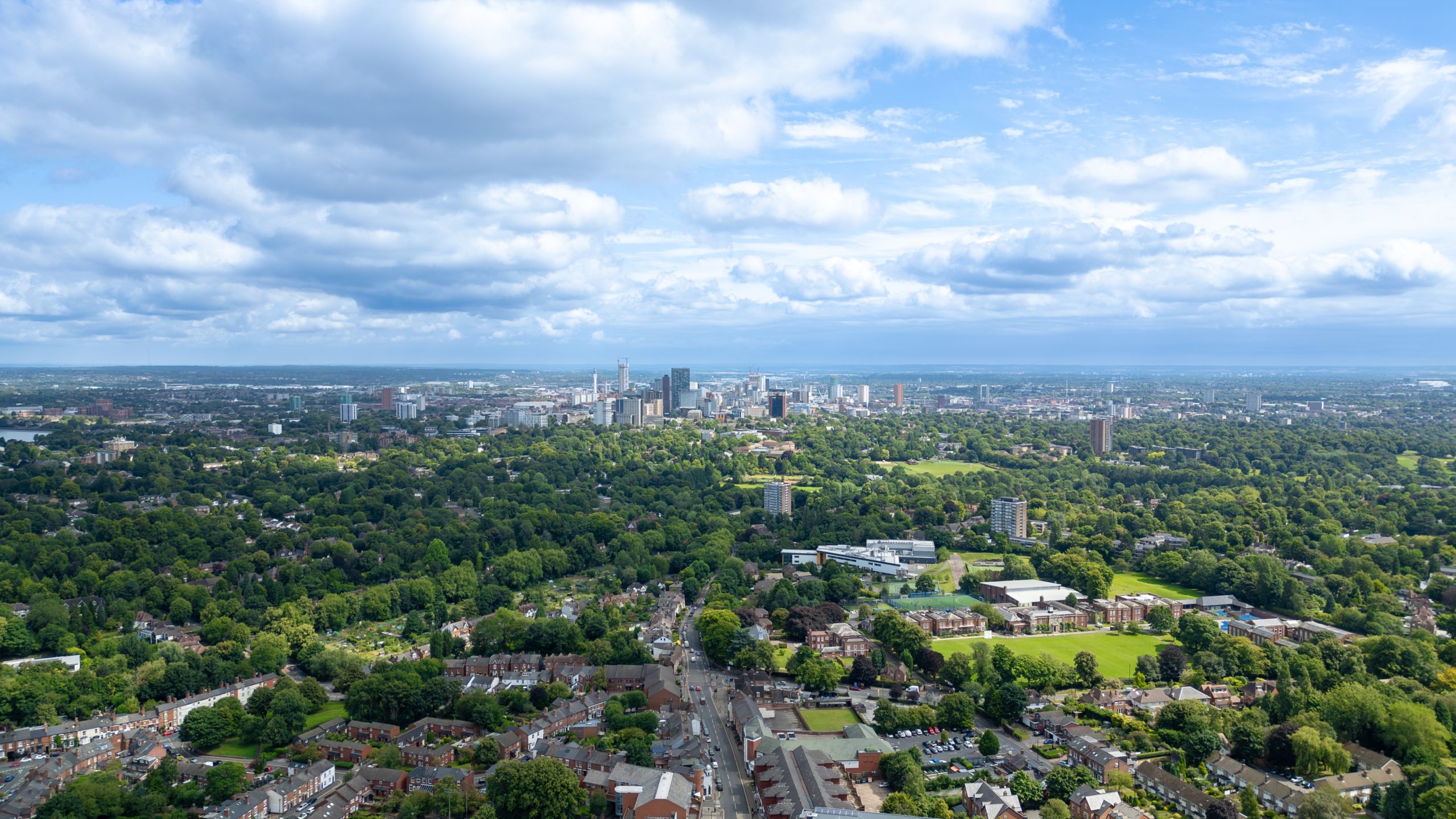
Harborne (B17) – Edwardian Comfort Meets Arts and Crafts Character
Architectural Overview:
Harborne developed as a commuter suburb in the late 19th and early 20th centuries. The housing stock includes a delightful mix of Edwardian villas, late Victorian terraces, and some striking examples of the Arts and Crafts movement.
• Typical Features: Decorative brickwork, pebble-dashed facades, timber porches, terracotta chimney stacks, and steep gable roofs.
• Key Periods: 1890–1930, with significant interwar development.
Historical Context:
Historically a village, Harborne became popular during Birmingham’s suburban expansion. The arrival of the railway in 1874 helped transform it into a residential hotspot for professionals.
Surveyor’s Insight:
Older properties often conceal timber decay in roof voids or rising damp in cavity walls. A Level 2 Survey may suffice for newer homes, but older stock often warrants a Level 3 Survey for peace of mind.

Moseley (B13) – Artistic Legacy in Built Form
Architectural Overview:
Moseley is beloved for its cultural scene and bold architectural expression. As a stronghold of the Arts and Crafts movement, many homes here were designed by leading architects of the era such as William Bidlake and Charles Bateman.
• Typical Features: Deep eaves with exposed rafters, handcrafted timber framing, leaded glass windows, ornate plasterwork, and asymmetrical facades.
• Unique Builds: Bespoke homes with non-standard layouts, making each property a unique surveying challenge.
Historical Context:
Moseley thrived during the Edwardian era, attracting artists, industrialists, and reformers. It was designed to feel like a garden suburb before the term was even coined. The area retains a strong bohemian identity.
Surveyor’s Insight:
Due to their traditional standard construction, most properties here benefit from a detailed RICS Level 3 house survey, especially to investigate historic timber, foundations, and roof structures.
Calculate your house survey costFour Oaks (Sutton Coldfield B74) – Executive Homes with Classical Influence
Architectural Overview:
Located in the Royal Town of Sutton Coldfield, Four Oaks is known for grand properties built from the early 20th century onwards. Many homes mimic classical styles including Georgian and Tudor revival, blended with modern luxury specifications.
• Typical Features: Brick and render exteriors, symmetrical facades, columned porticos, multi-pane sash or casement windows, and expansive driveways.
• Development Style: Larger plots and executive estates with bespoke designs.
Historical Context:
Following Sutton Coldfield’s inclusion into Birmingham in 1974, Four Oaks remained a symbol of exclusivity. Its private estate, Four Oaks Estate, is one of the most secure residential areas in the West Midlands.
Surveyor’s Insight:
Though many homes are newer, they’re not immune to issues like thermal bridging, roof design flaws, or poor-quality extensions. A RICS Level 2 Survey is typically appropriate, but a Level 3 may be needed for complex or bespoke properties.
Bournville (B30) – The Garden Village Ideal
Architectural Overview:
Founded by the Cadbury family in the late 19th century, Bournville is a landmark in model village design. Influenced by Ebenezer Howard’s Garden City movement, its homes are built with quality, community, and aesthetic appeal in mind.
• Typical Features: Mock-Tudor façades, timber framing, cottage-style brickwork, generous gardens, and tree-lined avenues.
• Preservation: Strict design controls maintained by the Bournville Village Trust.
Historical Context:
Bournville was a revolutionary social housing project created to provide Cadbury factory workers with healthy living conditions. It’s still regarded as one of the UK’s finest examples of social planning.
Surveyor’s Insight:
While charming, these homes often conceal ageing systems electrics, drainage, and heating. A RICS Level 3 Survey is advisable to uncover any long-term maintenance needs.
Birmingham’s architectural heritage is as diverse as it is beautiful. But with that beauty often comes complexity. Whether it’s historic timber frames in Moseley or intricate brickwork in Edgbaston, no home purchase should proceed without a professional home survey. A tailored house survey, whether a RICS Level 2 or RICS Level 3 Survey, will give you clarity, confidence, and leverage.
Looking to purchase a historic or high-value home in Birmingham?
Why We’re Different House Surveyors
The service we provide is personal, working only with expert chartered surveyors, who are passionate about what they do. We provide the most detailed and insightful home surveys available in the UK.
Our best in industry standards are driven by a desire to innovate. We’ve chosen to embrace and invest in the latest proptech, so we’re able to deliver high quality information to you using the most cutting edge methods around.
From our bespoke reporting format, and inspection software, to the use of innovative inspection methods and equipment such as pole cameras, borescope cameras, hydrometers, thermal imaging cameras, drones and 360 degree cameras: we ensure you and your property are in the best hands.
All our clients benefit from access to our online portal, to ensure you’ve got straightforward access to all your documents, invoices and surveyor contact details in one place.
We’ll also store all reports from third party consultants instructed to undertake Asbestos Surveys, Fire Risk Assessments or services testing, so whether you’re buying one or multiple properties, everything is accessible from anywhere.
Calculate your house survey cost
